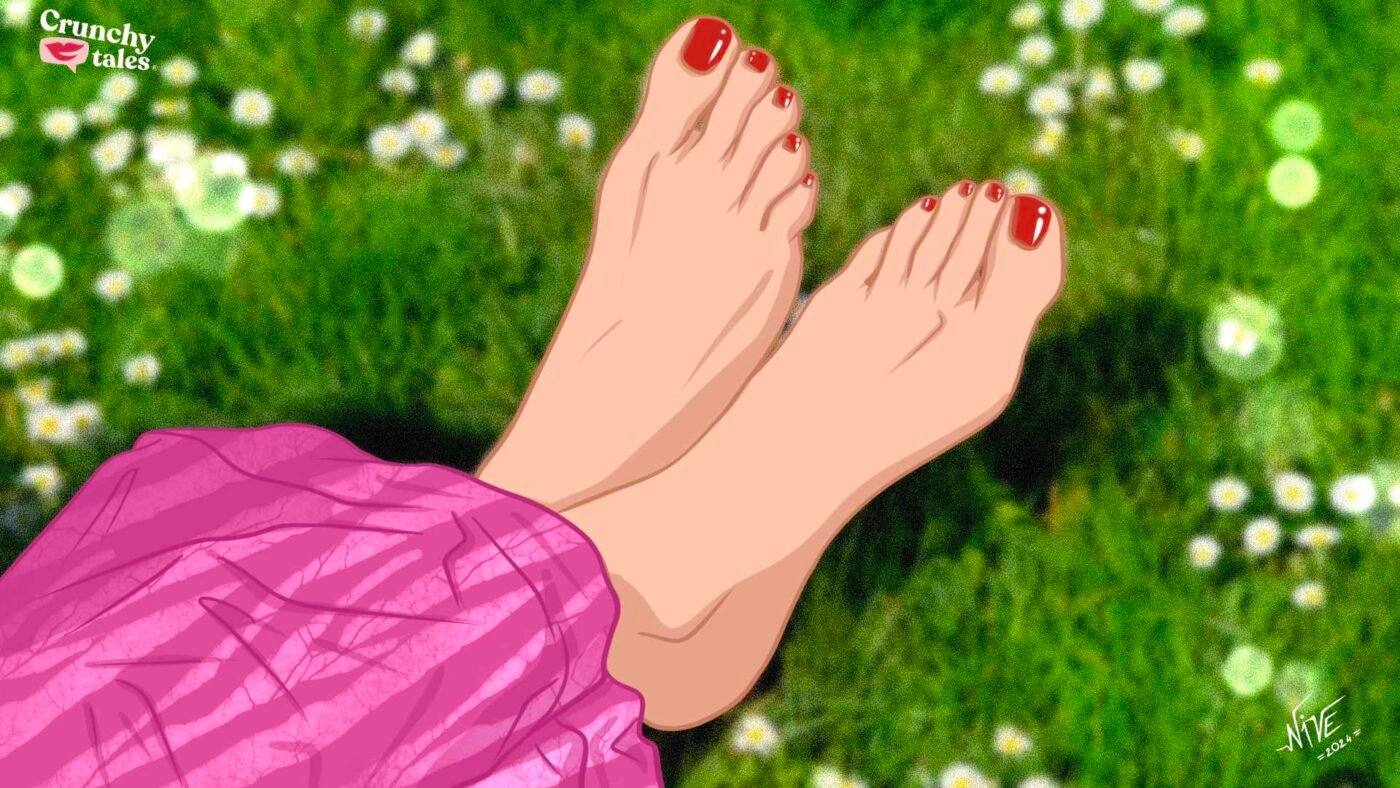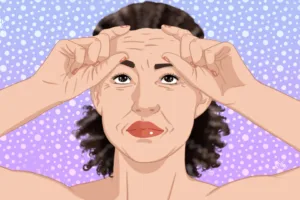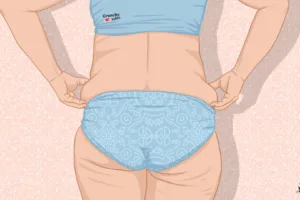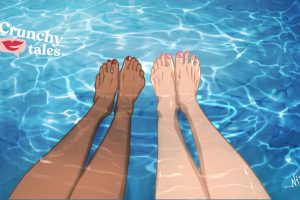How To Prep Your Legs (and Feet) for Spring After 50
After enduring a seemingly endless winter, it’s finally the season for showing off your legs again. While it may feel liberating to pack away those black tights, revealing those pale limbs that have been hidden away for months can present a new set of challenges for midlife women.
If you’re conscious about their appearance and you’re tempted to cover them up with oversized pants or ankle-length skirts, know that some simple fixes can boost your confidence.
To achieve and maintain great legs, here’s everything you need to know for the leg-baring season and beyond. In the end, don’t Brigitte Macron’s jaw-dropping legs prove that you can show them off regardless of your age?
Move them or Lose them
Once you reach your 50s, you might start noticing that your workout results aren’t as impressive as before or that your muscle definition is not as defined. Don’t worry, this is completely normal. As we age, our metabolism slows down and our muscles naturally start to deteriorate, a process known as sarcopenia. Strength training is particularly beneficial if you want to preserve or even increase the muscle definition of your legs and overall mass.
However, even something as simple as walking regularly can keep your legs looking great. It is considered a weight-bearing exercise, which means it improves the strength and stability of our bones and helps prevent osteoporosis. So, lace up your walking shoes and stay active.
Opt for a healthy lifestyle
In addition to fitness, it’s important to pay attention to your diet and lifestyle choices as you enter your 50s. Smoking and drinking alcohol can have negative effects on your blood circulation. Smoking can speed up the ageing process by causing biochemical changes and depleting your body of essential antioxidants like vitamin C. Alcohol, on the other hand, can dilate blood vessels and dehydrate your body. Stay mindful of what you consume to maintain the health of your legs.
Keep an eye on blood circulation
During midlife, it’s common for varicose veins and spider veins to make an appearance. These occur when your veins become enlarged, dilated, and filled with an excess of blood, resulting in a swollen, raised, and bluish-purple or red appearance.
Also, as you age, you may experience what experts call restless leg syndrome, which causes an overwhelming urge to move the legs – especially at night time. In this case, exercising, getting a cycle of massages, and opting for pneumatic pressure therapy may be the solution. You can even invest in compression socks to improve circulation. However, pay attention to any pain or unusual swelling. If you experience any discomfort, consult a doctor to rule out underlying conditions. Early intervention is crucial.
Be Uv wise
While we often focus on shielding our faces and arms from UVA and UVB rays, we shouldn’t forget about our legs. Extended periods in the sun without proper protection can cause skin damage, premature ageing, and even potentially skin cancers. To safeguard your legs, it’s crucial to wear protective clothing and apply sunscreen with at least SPF 30.
If your legs are too pale or their complexion is uneven and you don’t like it, consider wearing skin-coloured tights, using body makeup, or even trying spray tanning to create a more uniform look in terms of colour and texture, so regardless of your scars and veins you can give them a flawless appearance.
Opt for comfortable shoes
Choose shoes with good arch support and a wide toe box to accommodate any foot changes. Wearing the right shoes is essential for keeping your feet and legs healthy and reducing the risk of slips or falls. It also adds to your overall comfort while going about your daily activities.
Opt for well-fitting shoes with high sides, low heels and a good grip. It’s best to avoid wearing high heels whenever possible. If you have arthritis, you may find trainers or well-cushioned shoes to be more comfortable and supportive than regular shoes. Just ensure that the soles are not too thick, as it may make you feel unsteady without being able to feel the floor beneath your feet. If you need further guidance, don’t hesitate to consult your doctor or chiropodist.
Moisturise your legs every night
Last, but not least, make sure to moisturise your legs every night. Pollution, harsh weather, and stress can all take a toll on your skin, leaving not only your face but also your body dry and lacking essential nutrients. To keep your legs’ skin healthy, apply a nourishing moisturizer every night before bed. Look for a high-quality lotion recommended by dermatologists to help repair and condition it.
To avoid the dreaded “alligator skin”, a precursor to cracked skin and rashes, that can lead to more complex skin issues like eczema, investing in a lipid-replenishing lotion with glycerin and ceramides is the best move. Don’t forget, consistency matters.
Keep cellulite at bay
A sluggish lymphatic system can contribute to cellulite, so try using a body brush or scrub to help stimulate blood and lymphatic drainage. Regularly massaging or gently brushing the affected areas can make a difference over time enhancing circulation and encouraging lymph flow. If cellulite is your worst enemy, it may be worth considering switching your usual cream with a specific one but do not expect a miracle. Also, you should consider having an alkaline bath once a week to cleanse and detoxify your body. Simply add four tablespoons of alkaline salt to your bath water and relax.
Focus on the Positive
Shift your mindset! Instead of chasing a specific look, celebrate the strength and resilience of your legs. They’ve carried you through life’s adventures, and they’ll keep going! Remember, beautiful legs come in all shapes and sizes. By prioritizing strength, self-care, and embracing what your legs can do, you’ll radiate confidence and own your fabulous legs at any age.
Like this post? Support Us or Sign up to our newsletter to get more articles like this delivered straight to your inbox!





